Human trafficking is one of the most devastating inhumanities in the world today. Globally, it is estimated that there are over 40 million slaves—the largest amount in history.
Every day, vulnerable people are trafficked. People looking for a way out of desperate situations, willing to take hold of any opportunity offered even if it seems too good to be true. We are determined to stop human trafficking, but we can't do it alone—we need your help!
Three ways for you to get involved:
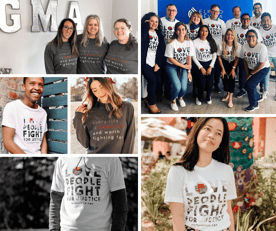
- Help raise awareness about the issue, especially during Human Trafficking Prevention Month! We have many resources to help you fundraise or spread the word on social media!
- Join our monthly giving community, Project Beautiful, a group of dedicated people who are passionate about making a difference and saving lives from falling victim to human trafficking. When you join, you will be given access to sign up for exclusive SMS updates providing breaking news about the individuals you are empowering with freedom and hope.
-

When you get involved, you will be instrumental in the vital effort to prevent as many people as possible from becoming victims of the abuse and exploitation of modern-day slavery. You will be helping to change the story from slavery to freedom, tragedy to triumph. To date, donors like you have helped us...
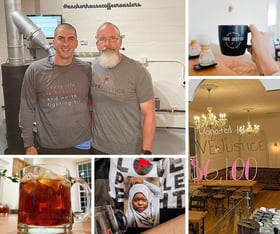
- Operate transit monitoring stations in more than 20 countries.
- Intercept over 25,000 people to prevent them from being trafficked.
- Assist with more than 1,000 arrests in connection to our work.
- Provide hundreds of children with the education and love they deserve at The Dream School and in our family homes.
- Distribute food and essential supplies to over 100,000 individuals during the pandemic.
- Conduct transit monitoring research to obtain more successful interceptions.
You can help us continue to make a powerful impact in the fight to stop human trafficking as we seek to expand our work around the globe. Watch the following video to learn about the beginnings of Love Justice International and to see how every individual power of one has fueled our mission to empower people with freedom and hope, prevent human trafficking, and fight the world's greatest injustices.
What is the power of one?
The power of one is the power to change lives. ONE more share of our mission grows awareness about the reality of human trafficking and leads to more donations. The power of one is more precious lives changed. ONE more donation can help intercept another victim, train our staff to identify signs of trafficking, or help start a new transit monitoring station. The power of one fuels a future without slavery. ONE more life kept free brings us closer to ending modern-day slavery and creating a brighter future for us all.
How we work to PREVENT human trafficking
Through transit monitoring and interception, we attack trafficking at the most strategic moment: while it is in the process of occurring and BEFORE exploitation and enslavement. Currently, Love Justice has 65 active transit monitoring stations located where trafficking occurs—near important border crossings and transit hubs. Our core work is based in Nepal, India, Bangladesh, South Africa, Zimbabwe, Malawi, Kenya, Uganda, Benin, Tanzania, Sierra Leone, Ghana, Rwanda, Namibia, Cambodia, Mozambique, Lesotho, Alaska, Mexico, Liberia, Zambia, and Burkina Faso.
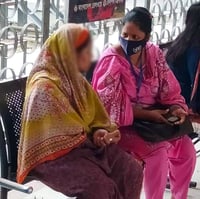
When highly trained Love Justice staff notice a sign of trafficking, they stop the suspected trafficker and potential victim for an interview to determine if trafficking is occurring. If they recognize any suspicious behavior, they continue their questioning, separating the individuals involved.
We have developed a questioning protocol that includes a list of visual red flags our team members look for to identify a potential victim as well as a line of questioning designed to determine if trafficking is taking place. Each of our Love Justice transit monitors is trained to identify, question, and assist potential victims.
Several of the red flags our transit monitors look for include:
- A group of people traveling together who seem to be strangers.
- Someone who appears to be drugged or confused.
- Someone traveling overseas for a new job, but the employer’s phone number is fake or the promised salary is unrealistically high.
- Someone traveling overseas who appears too impoverished to afford an international flight and whose travel was paid for by someone else.
- Someone who has been offered a job that’s “too good to be true.”
If further questioning reveals additional red flags, our team takes action by contacting the victim’s family, questioning the suspected trafficker, and if the situation warrants it, requesting assistance from the police to deal with the trafficker.
Our staff members are diligent to ensure that each individual intercepted returns to a safe environment. They accompany the victim to one of our shelters for protection, aftercare, and education about the dangers of trafficking. Then, they assess if it is safe for the victim to return home.
They also use this time to interview them in order to gather data and criminal intelligence to assist our process of convicting traffickers. When possible, they also guide them through the process of filing legal cases against their traffickers.
Intelligence-led investigations
While transit monitoring and interception are our primary work, our approach to anti-trafficking also includes:
- Data Collection and Analysis: Our staff members are continually collecting and analyzing data in order to better understand trafficking trends and networks. This is crucial in helping to improve our operations, prosecute traffickers, and identify targets for investigations.
- Prosecution and Conviction: Prosecution and conviction of traffickers are the primary goals of our investigations department because we believe they are vital to fighting the industry at its core and saving hundreds of lives from being trafficked in the process.
- Research Development: Love Justice is passionate about taking a proactive approach in the mission to end trafficking through strategic, intelligence-led investigations that PREVENT victims from being enslaved in the horrendous industry of trafficking.
Our work is only possible because of people like you choosing to use your power of one to help protect vulnerable lives that are at risk of becoming victims of human trafficking.
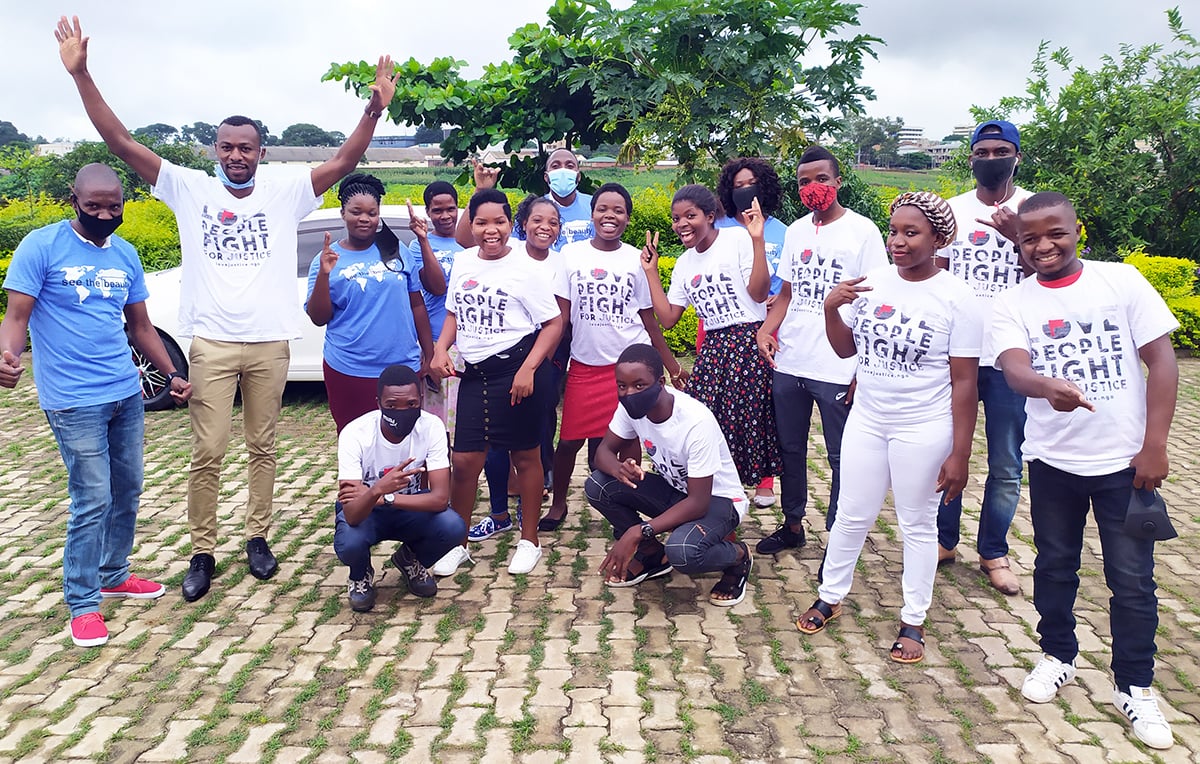
When we work together to end the world's greatest injustices, each effort multiplies into ONE incredible impact: ONE life changed, ONE community liberated, ONE free world.
*All data and statistics current at the date and time of publishing. Names changed and some specific locations excluded for privacy and security purposes.
-1.png?width=500&height=500&name=LJI_MAINLOGO_WhiteBackground%20(1)-1.png)
/human_trafficking_prevention_month_asia_young_women_22.webp?width=1080&name=human_trafficking_prevention_month_asia_young_women_22.webp)


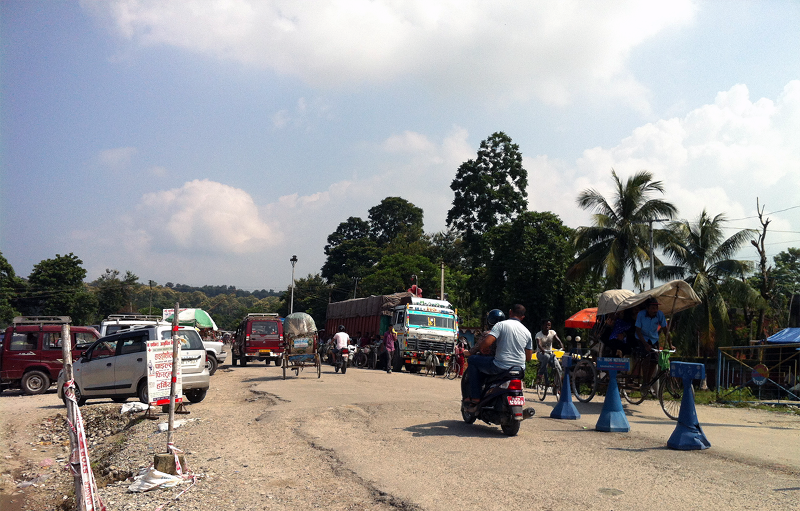
/bimala_feature_blog.webp)
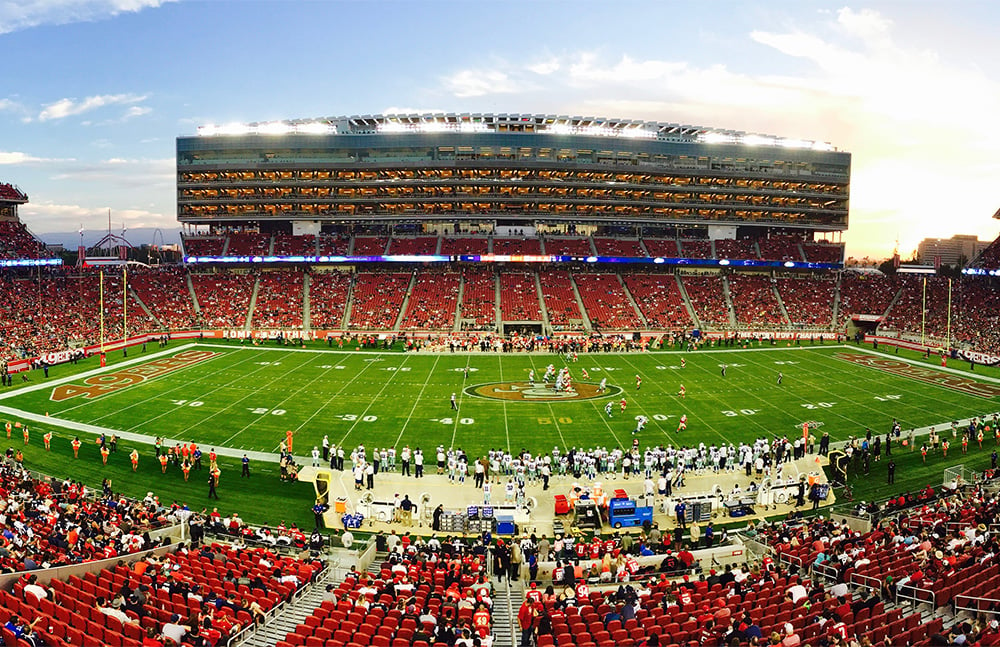
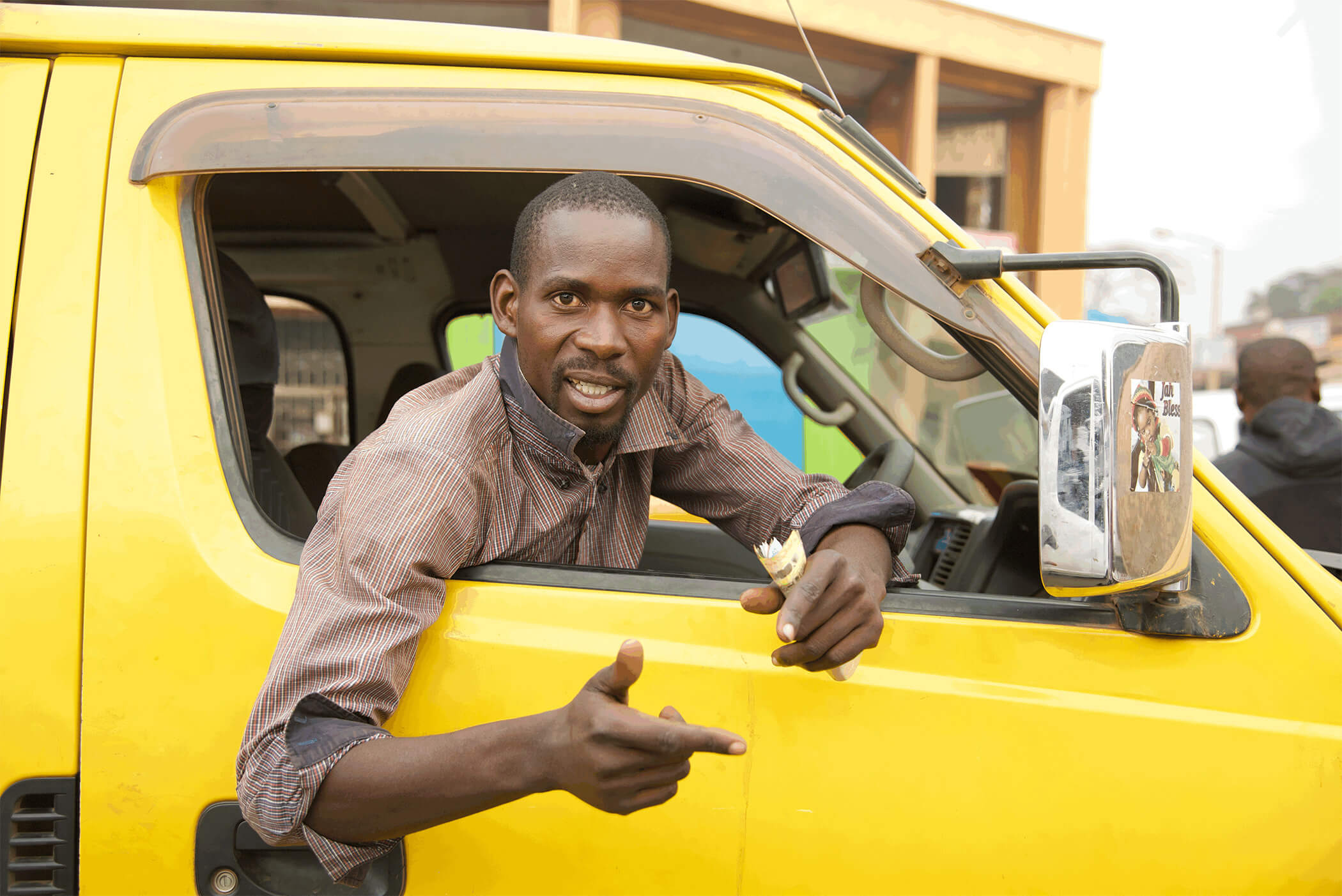
/boy_girl_asia_streets.webp)
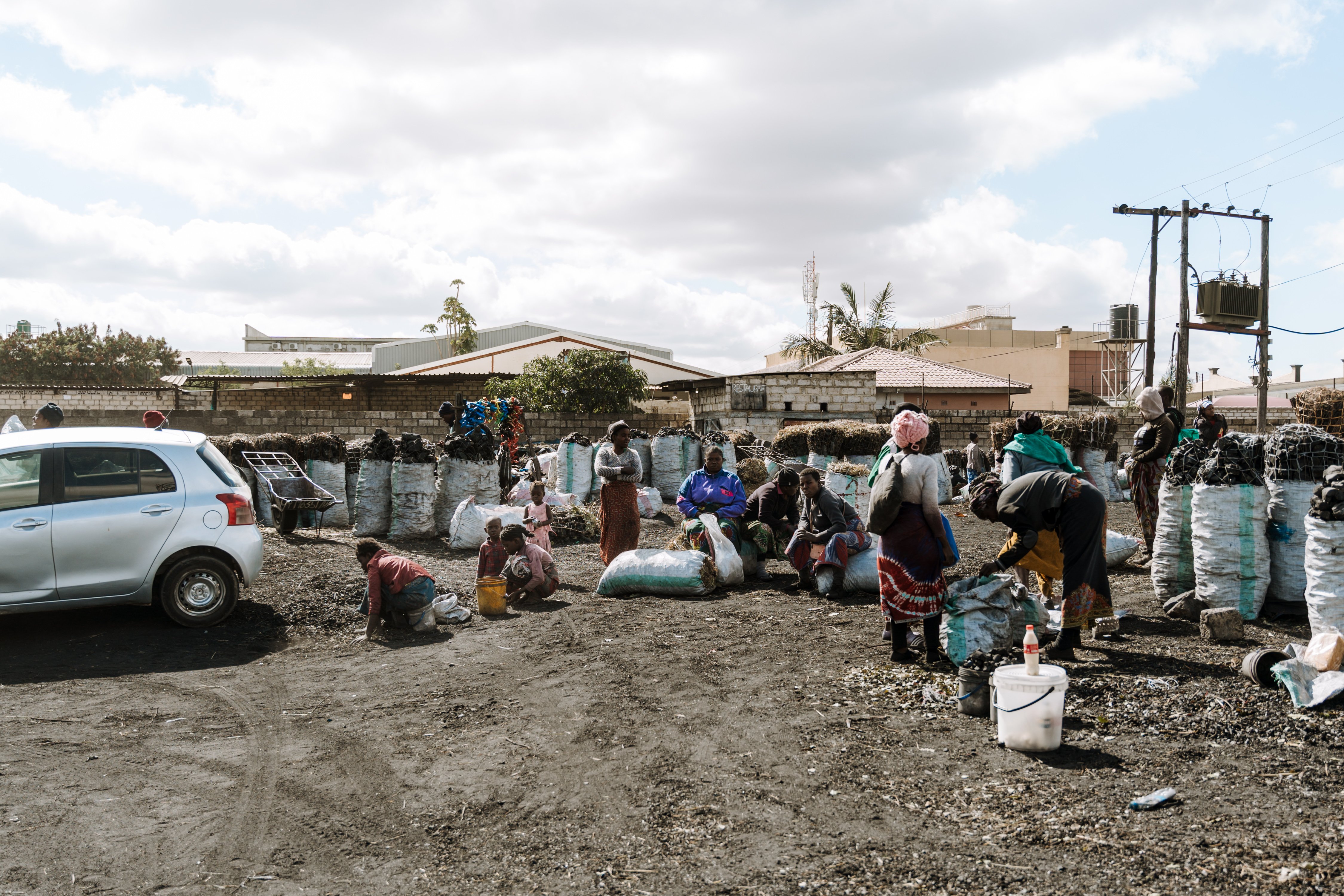
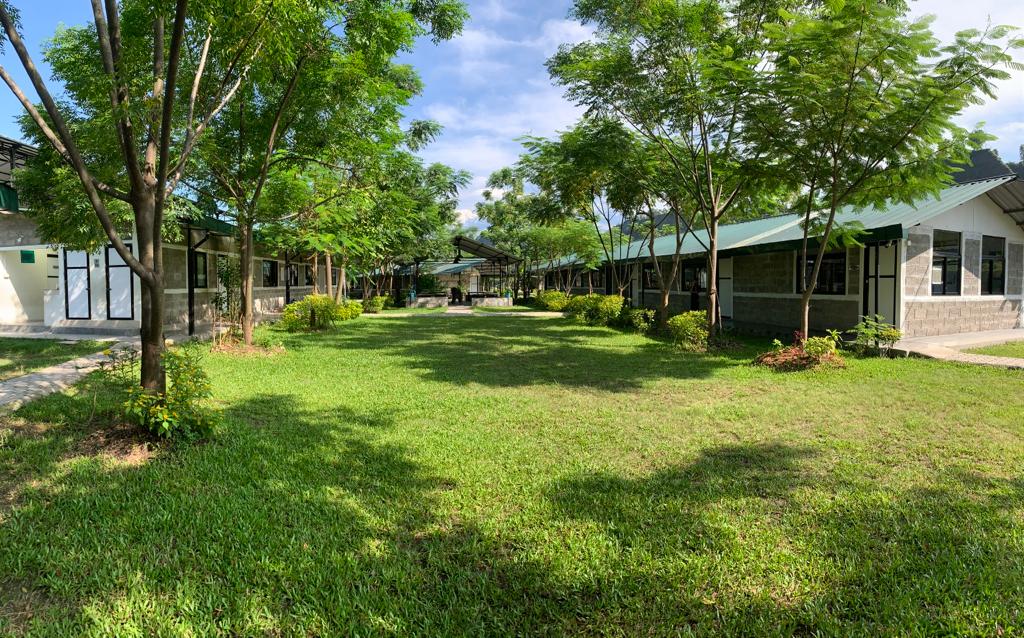
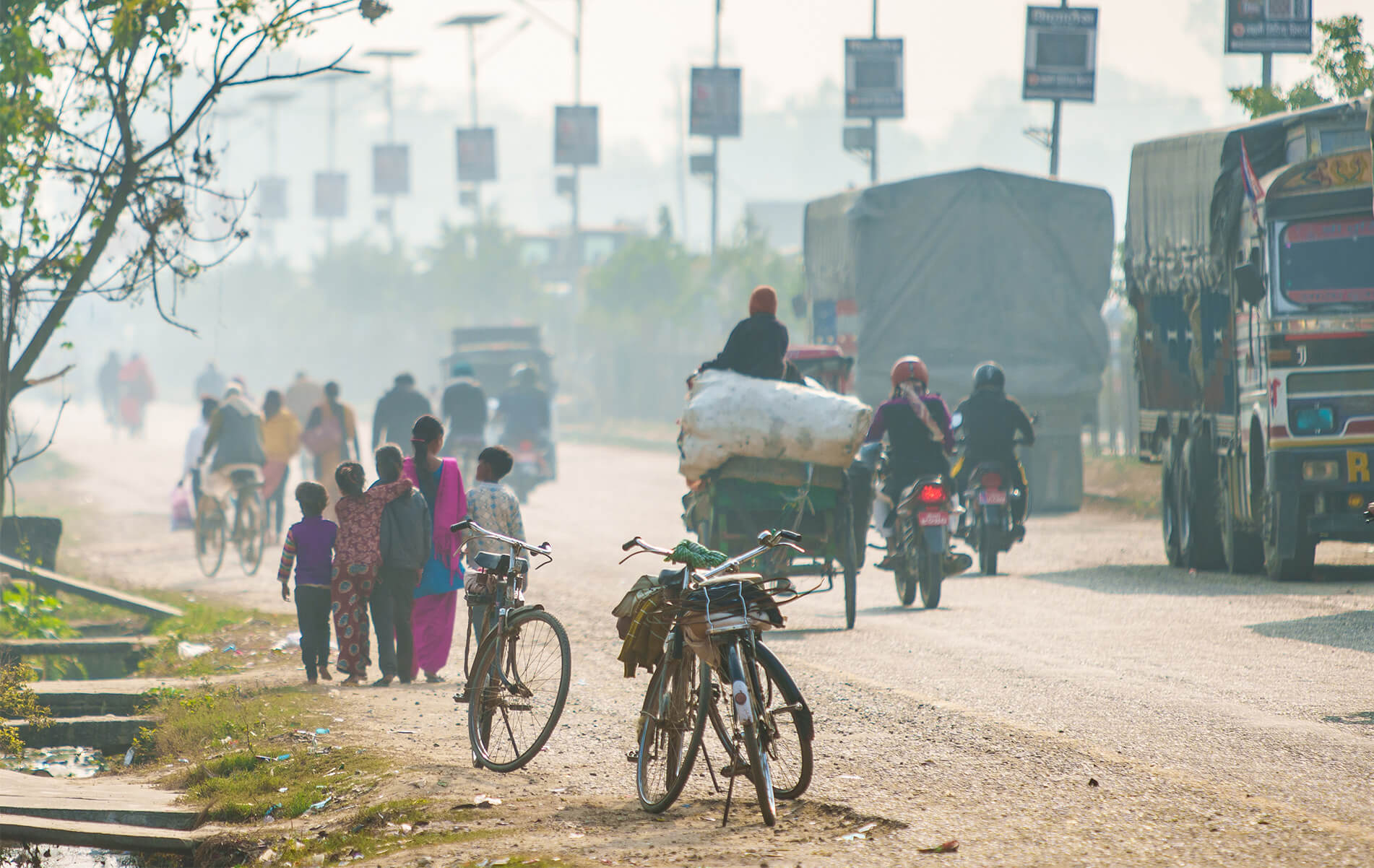
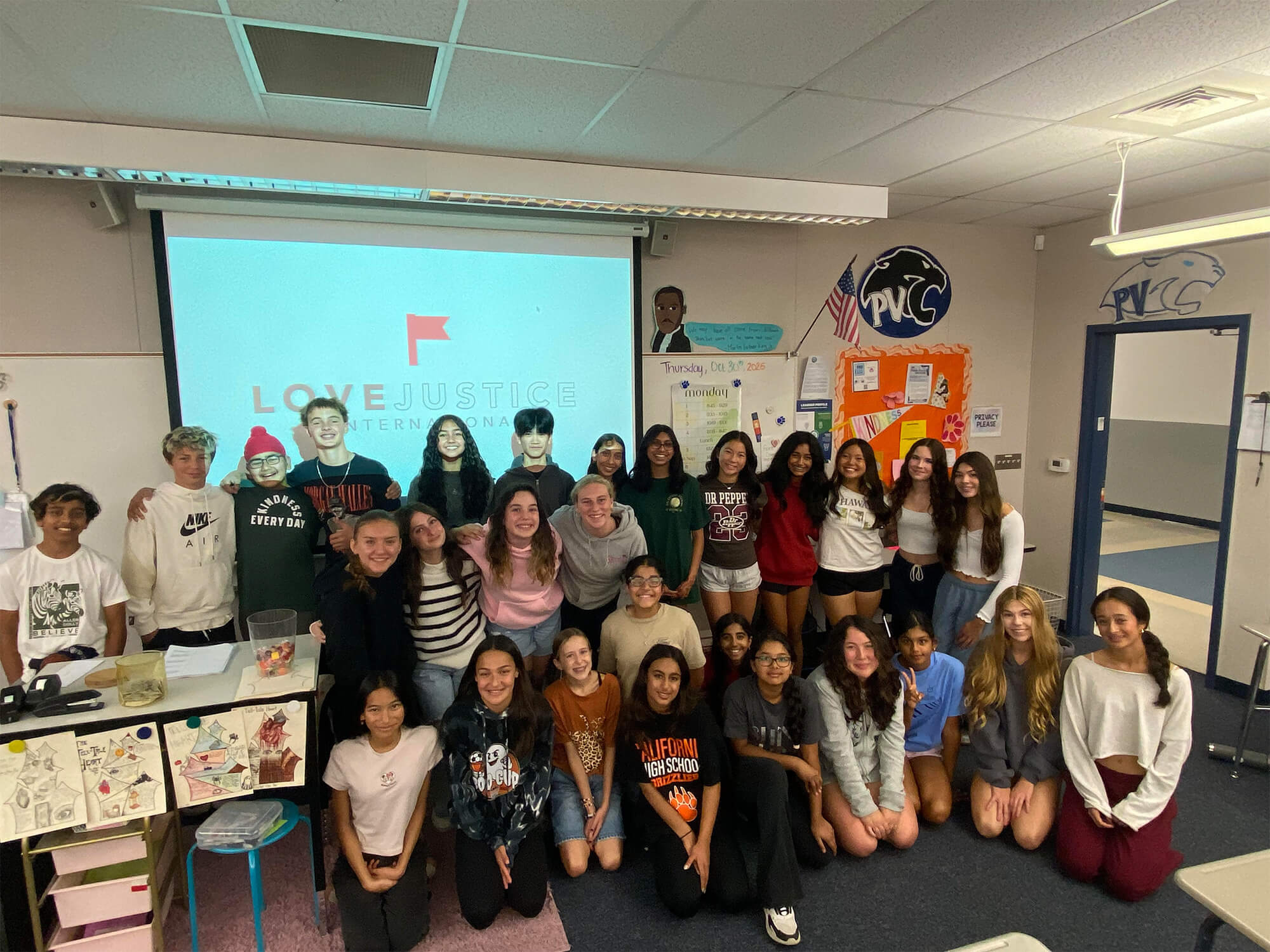
/LJI_Hands_feature.webp)

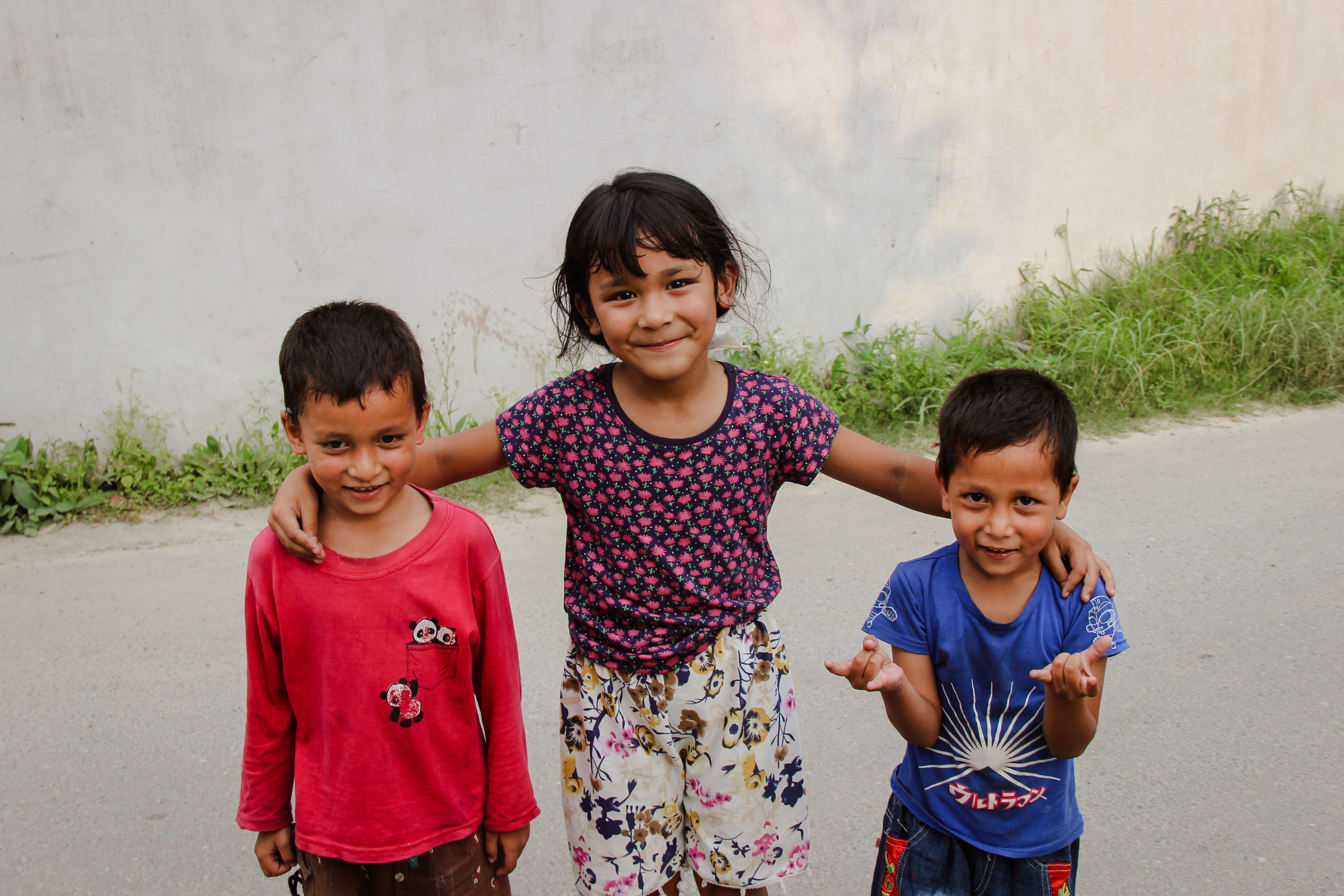
/Nepali_girl_2-1.webp)
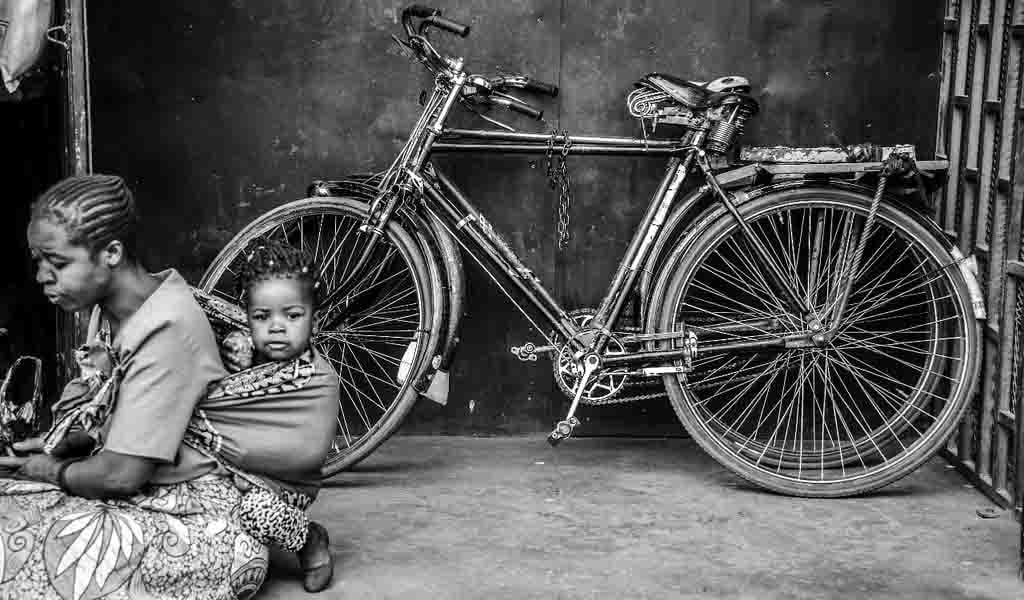
/48039119848_54d4c1e6a3_z.webp)

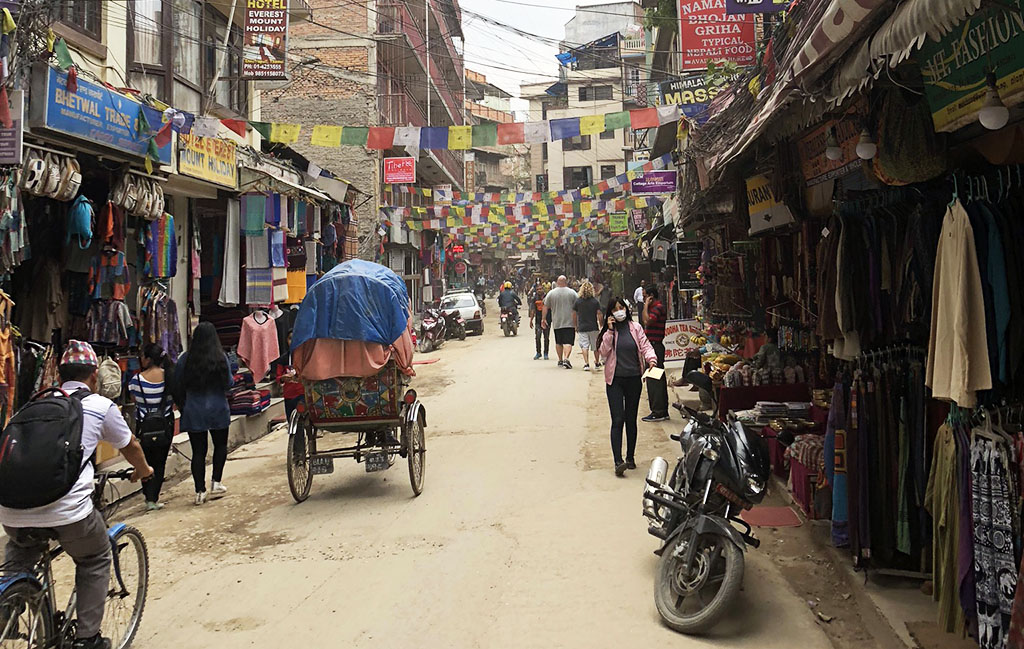

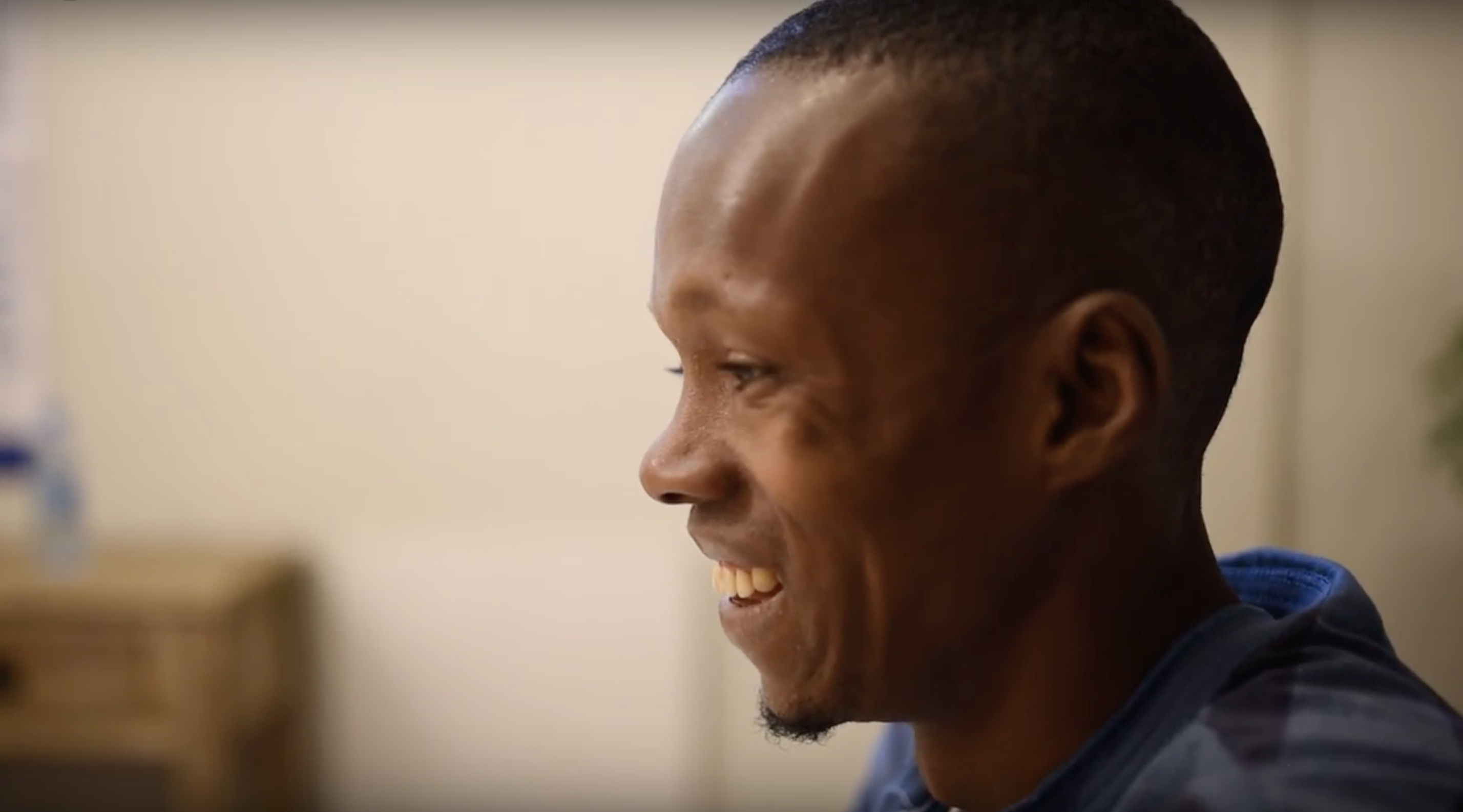
/young_woman_looking_out_end_human_trafficking.webp)
/kenya_streets_stop_human_trafficking_love_justice.webp)
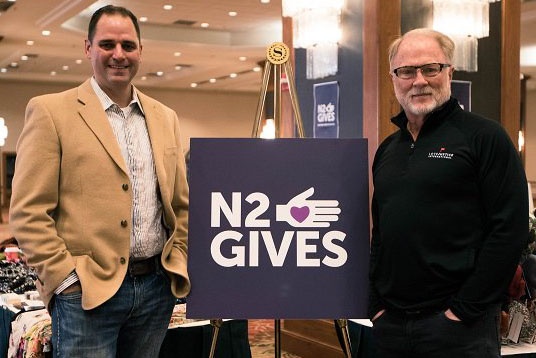




Post a comment